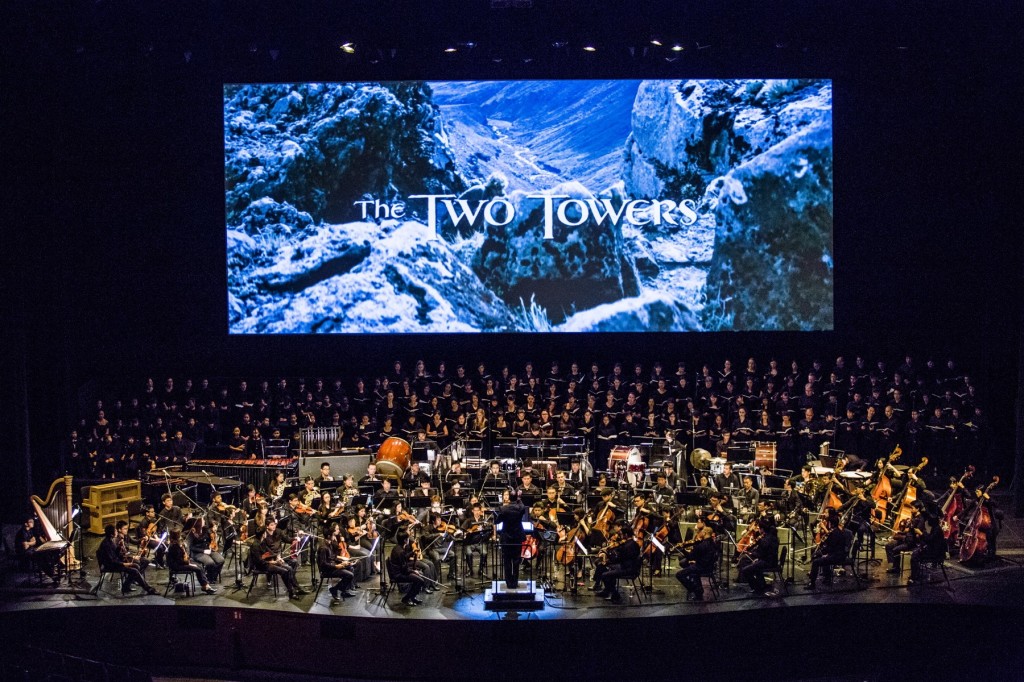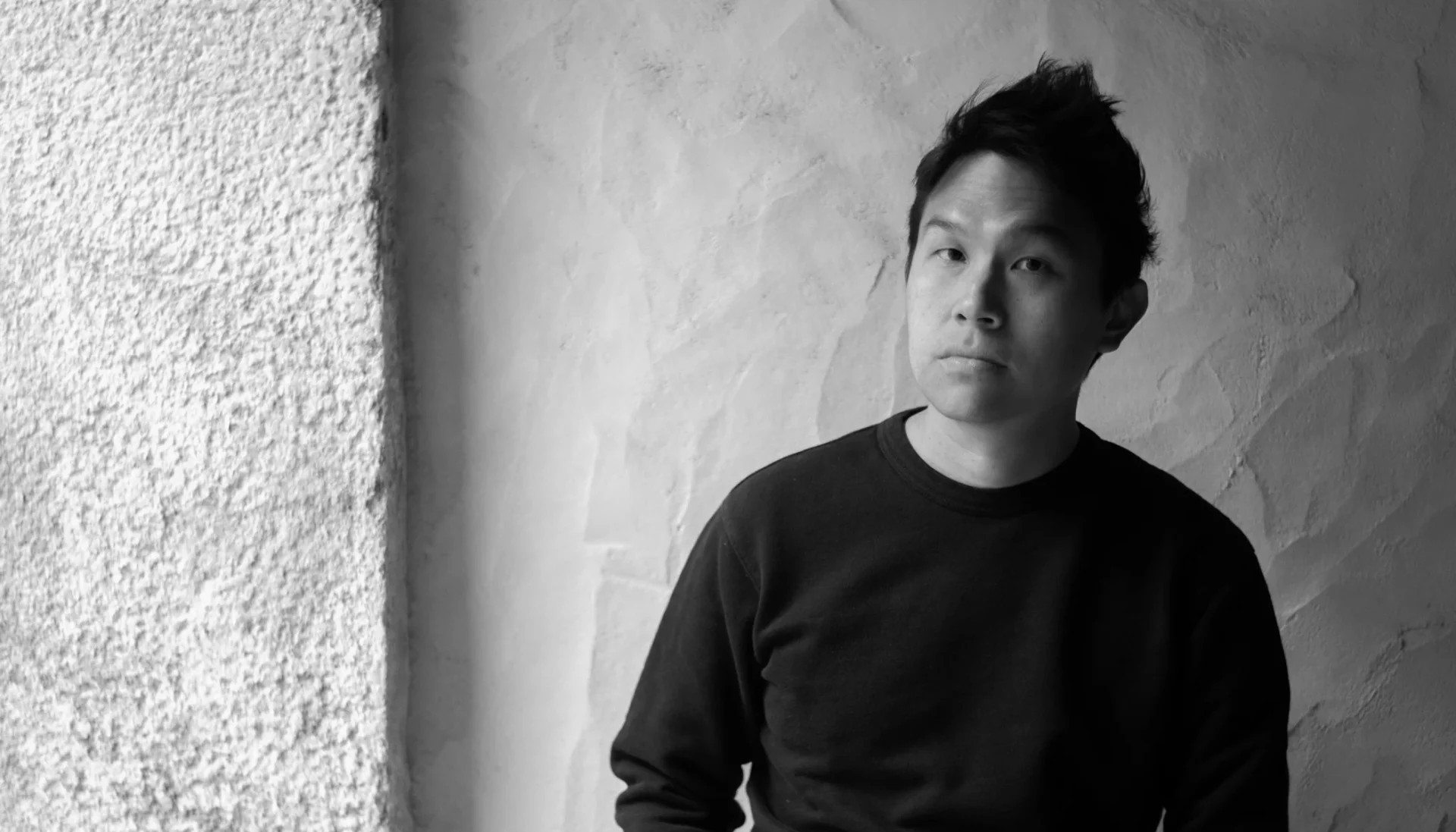Touted as “The Most Anticipated Orchestral Event Of The Year”, the Metropolitan Festival Orchestra‘s Asian Premiere of Howard Shore’s Soundtrack to the iconic fantasy trilogy The Lord Of The Rings certainly did not disappoint. The production of part deux of the thrilling three-part series was near-flawless, and the matinée that we attended even contained a small surprise that the other shows could not offer. 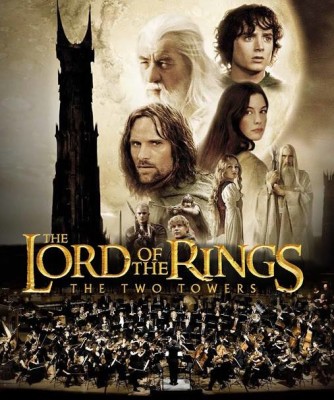 Right from the start, the 3-hour show (excluding intermission) was an extravagant affair, with the stage at The Star Performing Arts Centre being filled almost shoulder-to-shoulder with performers from the MFO and the Vocal Associates Festival Chorus and Children’s Choir. Looming above them was a gigantic screen from which J. R. R. Tolkien’s work was brought to cinematic life.
Right from the start, the 3-hour show (excluding intermission) was an extravagant affair, with the stage at The Star Performing Arts Centre being filled almost shoulder-to-shoulder with performers from the MFO and the Vocal Associates Festival Chorus and Children’s Choir. Looming above them was a gigantic screen from which J. R. R. Tolkien’s work was brought to cinematic life. 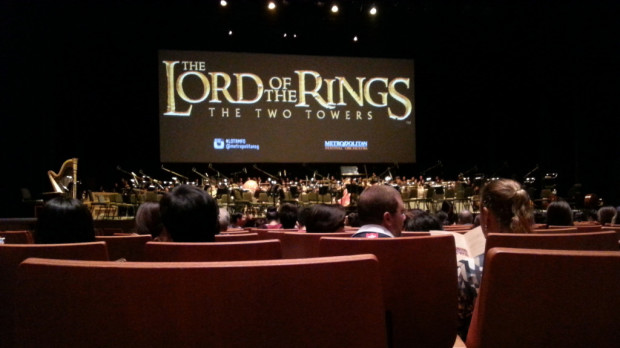 From the first strains of the strings in the opening theme “Glamdring”, the concert set a robust tone that was supported throughout the afternoon. Shore’s incredible attention to detail was evident in the many motifs that represented every character, with the Ring of Power earning three separate themes itself, each reflecting a different aspect of its power.
From the first strains of the strings in the opening theme “Glamdring”, the concert set a robust tone that was supported throughout the afternoon. Shore’s incredible attention to detail was evident in the many motifs that represented every character, with the Ring of Power earning three separate themes itself, each reflecting a different aspect of its power. 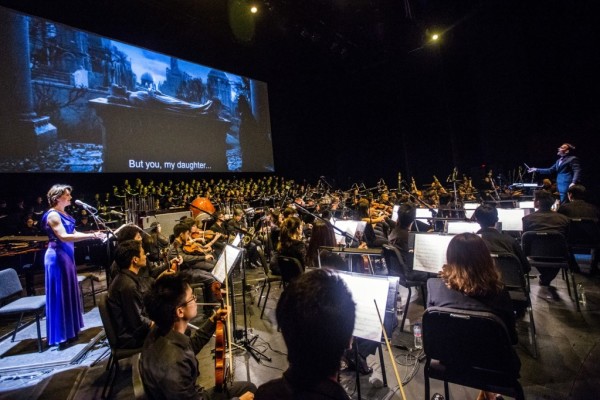 While textbook orchestration was not a tenet that Shore chose to overrule (that is, Brass heralding power and majesty, or hammering percussion signalling an army), the themes of the score were exceptionally sound and well-constructed. A heavy reliance on the pentatonic scale meant that many of the themes were easily malleable to fit different contexts during the film. The simple motif that accompanied the two hobbits, Sam and Frodo, across the expanse of Middle Earth were mostly solemn and resigned, reflecting their arduous and draining journey, but could at once be shaped into a tune much more joyful, such as when they encounter the peace-loving Ents in Fangorn Forest.
While textbook orchestration was not a tenet that Shore chose to overrule (that is, Brass heralding power and majesty, or hammering percussion signalling an army), the themes of the score were exceptionally sound and well-constructed. A heavy reliance on the pentatonic scale meant that many of the themes were easily malleable to fit different contexts during the film. The simple motif that accompanied the two hobbits, Sam and Frodo, across the expanse of Middle Earth were mostly solemn and resigned, reflecting their arduous and draining journey, but could at once be shaped into a tune much more joyful, such as when they encounter the peace-loving Ents in Fangorn Forest. 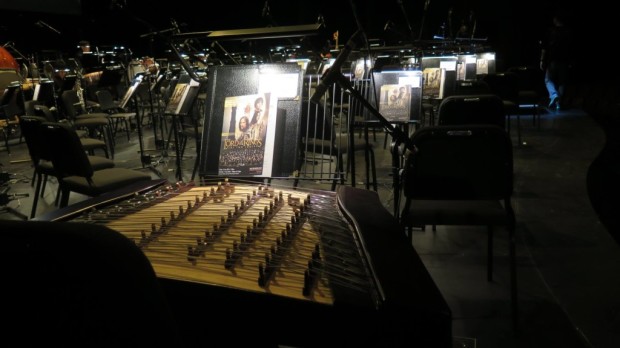 A dulcimer was an interesting feature to the instrumentation of the soundtrack, but the usual gentle staccato expected from the hammered instrument was abandoned for something more sinister. The fretted yangqin-lookalike was tasked to conjure feelings of fear and unsettledness, appearing whenever the Ring-crazed schizophrenic Gollum was pictured on film.
A dulcimer was an interesting feature to the instrumentation of the soundtrack, but the usual gentle staccato expected from the hammered instrument was abandoned for something more sinister. The fretted yangqin-lookalike was tasked to conjure feelings of fear and unsettledness, appearing whenever the Ring-crazed schizophrenic Gollum was pictured on film. 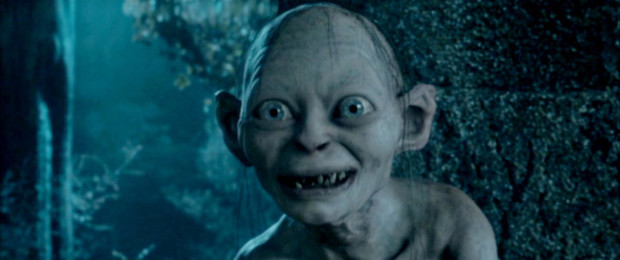 One of the more memorable moments in both film and score was the Orcs successful infiltration of the humans’ massive fortress at Helm’s Deep (“The Breach Of The Deeping Wall”). The scenes were heavily laden with action, CGI, and ominous winds, and was one of the more brazen bars on the musicians’ part. The orchestra immediately broadened upon the Orcs’ entry into the Keep, and was a welcome peak after a long, drawn-out period of hopelessness in the film, a sentiment that the performers subtly reflected through several consecutive pieces that were delivered even-toned.
One of the more memorable moments in both film and score was the Orcs successful infiltration of the humans’ massive fortress at Helm’s Deep (“The Breach Of The Deeping Wall”). The scenes were heavily laden with action, CGI, and ominous winds, and was one of the more brazen bars on the musicians’ part. The orchestra immediately broadened upon the Orcs’ entry into the Keep, and was a welcome peak after a long, drawn-out period of hopelessness in the film, a sentiment that the performers subtly reflected through several consecutive pieces that were delivered even-toned. 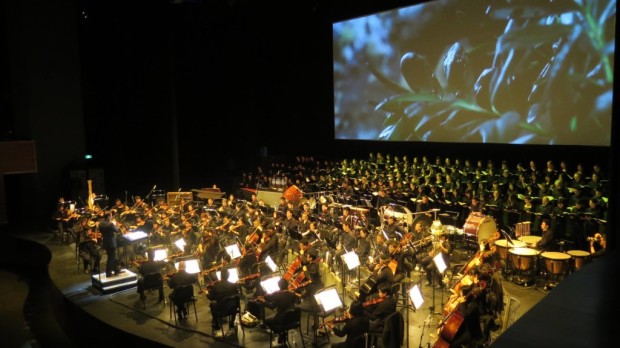 Throughout the production, however, I was constantly jolted by the recurring realisation that the music was being performed live. While this might sound like a classic case of a post-lunch sugar crash, I pinpoint this issue as an effect of having the music be played through house speakers rather than being organically amplified (or unplugged) in an acoustically-treated hall. While the choice of venue might have nulled any likelihood of this setting being effective, the decision to mic up almost every other instrument onstage was to lead to an experience not unlike being at a movie theatre.
Throughout the production, however, I was constantly jolted by the recurring realisation that the music was being performed live. While this might sound like a classic case of a post-lunch sugar crash, I pinpoint this issue as an effect of having the music be played through house speakers rather than being organically amplified (or unplugged) in an acoustically-treated hall. While the choice of venue might have nulled any likelihood of this setting being effective, the decision to mic up almost every other instrument onstage was to lead to an experience not unlike being at a movie theatre.
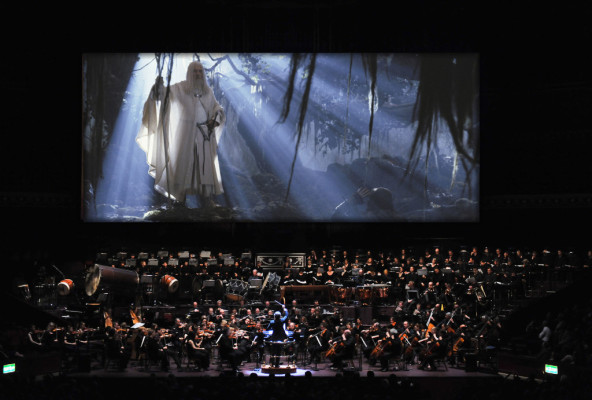 (image credits: Chrispics and Metropolitan Festival Orchestra)
(image credits: Chrispics and Metropolitan Festival Orchestra)
Soloist Rosalind Waters handled the size of the stage and the orchestra well, though admittedly this was no mean Wagnerian feat given the electronically-amplified setting of the production. Waters gave a soothing rendition of her solo lines during the dreamy sequences where Lord Aragorn and Elf Arwen (“Evenstar” on the OST), especially so in the lower ranges of her voice, which were unusually rich and robust for a Soprano. However, the mic set-up did not do her voice as much justice in other pieces, and a mixture of sounds live and from the feedback monitor may have caused her to be tonally flat at times. Boy Soprano Samuel Yuen was impressive, and not just for his age, with a crystal clear tone that was clean as it was unwavering. 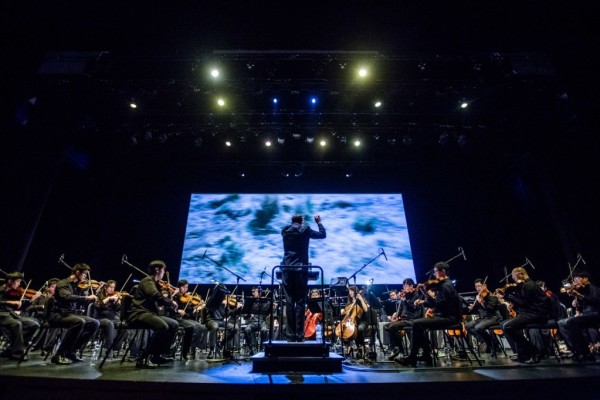 The audience present also witnessed a small surprise during the intermission. With the help of three of the performing violinists, a marriage proposal was made on a corner of the stage (was it stage left or “stage left”..?), to a round of applause from the intrigued audience. If you’re feeling just a little bit kaypoh, you can pop over to the MFO’s Facebook page here and watch a video of the couple’s life-changing 2 minutes of fame.
The audience present also witnessed a small surprise during the intermission. With the help of three of the performing violinists, a marriage proposal was made on a corner of the stage (was it stage left or “stage left”..?), to a round of applause from the intrigued audience. If you’re feeling just a little bit kaypoh, you can pop over to the MFO’s Facebook page here and watch a video of the couple’s life-changing 2 minutes of fame.
All in all, the performance made for an enjoyable afternoon. The sheer size of the orchestra and chorus alone were already testament to the dedication and effort put into this production, and to embark on a show of this calibre is commendable for the Metropolitan Festival Orchestra, who are only in their second season. One only hopes that they may capture the attention of Shore himself, and possibly even commission a pre-film overture for the third and final instalment of the LOTR series.
And please, lay off the microphones next time?
P.S. You can listen to the entire soundtrack on this YouTube channel! You’re welcome.
=== Image Credits: MFO Facebook Page Paranerds


